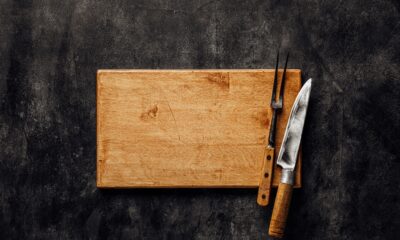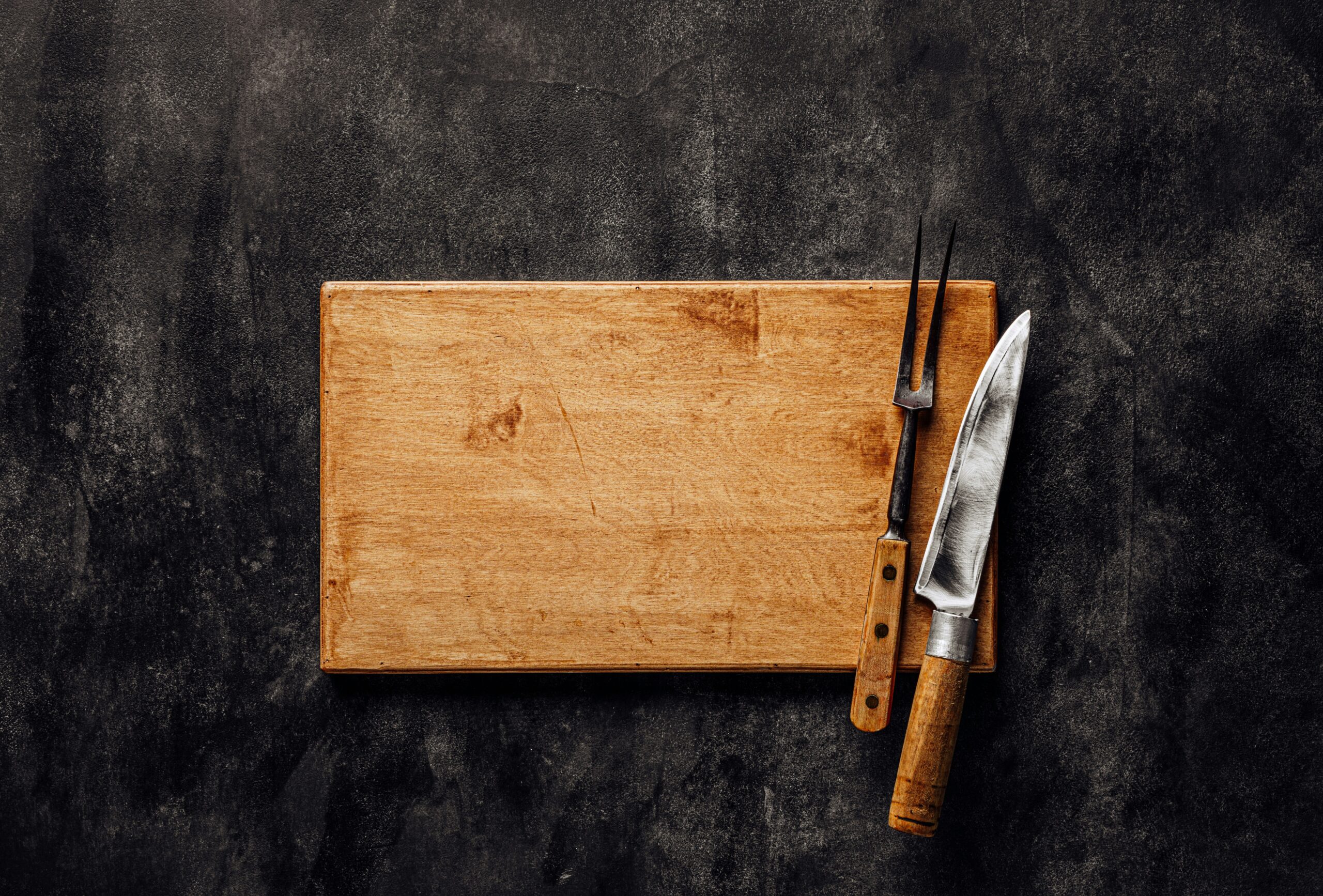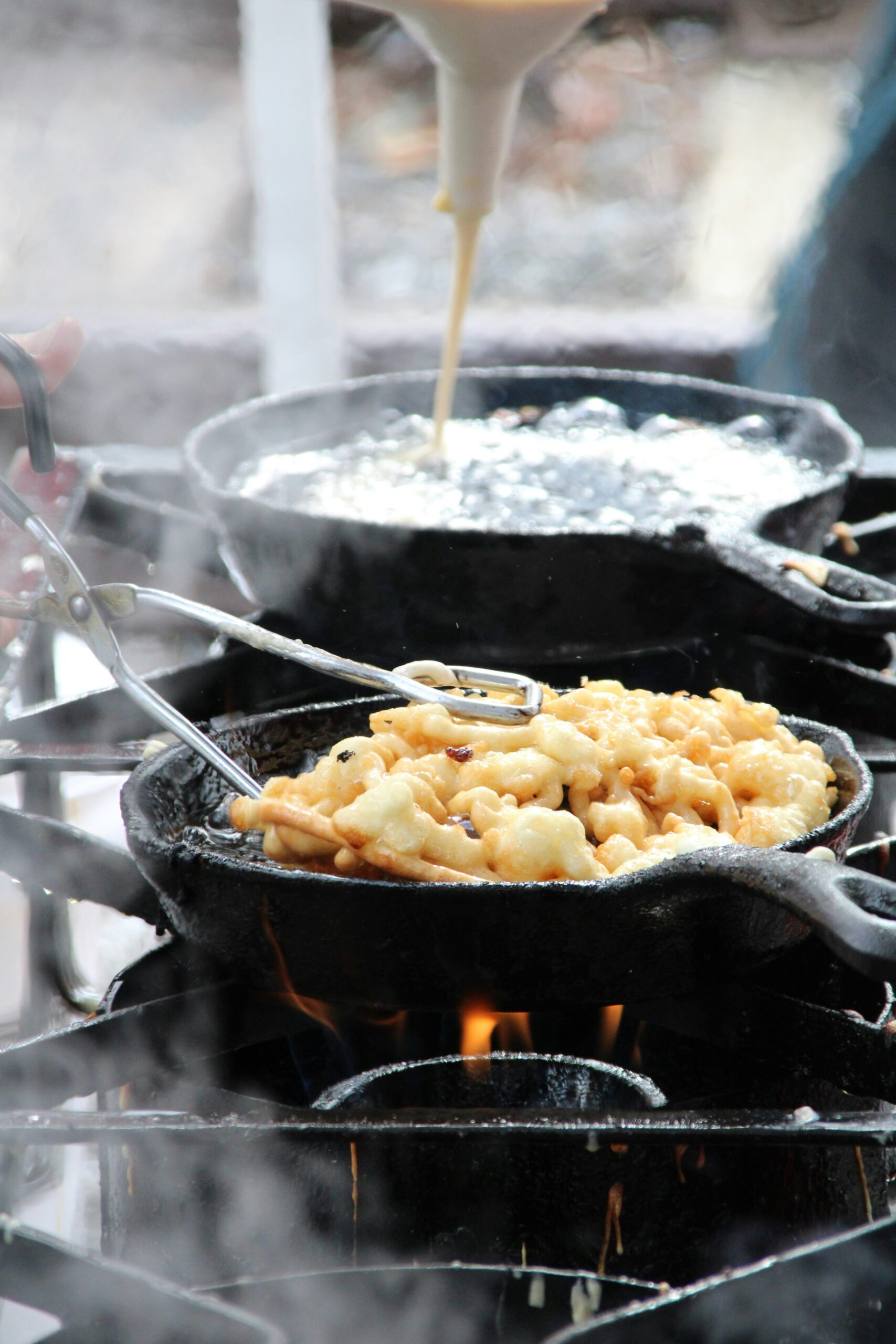It is not easy to decorate festive cookies or to create an Instagram-worthy baking cake project from a cluttered, messy kitchen.
When you always feel like you’re ransacking your pantry for the sprinkles container, or like your whisk is jammed up the kitchen drawer, it is time to better organize your baking tools and have all the appliances, ingredients, and utensils, sorted in the right places.
When you are organizing, a lot may hinge on the layout and size of the kitchen. As each space is separate, a variety of tricks and tips can work on countertops, pantry, drawers, and cabinets so that you may choose and pick what best works for you and your available space.
Before you start organizing, take note of this tip: never feel limited to the store’s kitchen organization section. Look for home improvement and office organization for various sizes and shapes of items leading to even more creativity (with often surprising) storage ideas.
Countertop Organization
The kitchen countertop area is prime real estate. Save that space for the most beautiful or frequently used items. This is where you want to put that frequently used wooden spoon for stirring your beloved homemade fudge or that perfect rubber spatula that scoops out the very last batter drop from the mixing bowl.
You might want to leave them very close to the workspace. They are going to be on display, so you may want to store them in an antique crock or heirloom vase.
This adjustable countertop rack can expand to fit different spaces and help you differentiate between frequently-used items and reserves much space for showing off a collection of your favorite cookbooks.
Pantry Organization
The pantry is where you store most of your baking ingredients. Freshness as well as order, matters here. Store sugars and flours in airtight containers to retain freshness and quality, labeled every container clearly with what it contains (you don’t want to guess as you bake). These containers for storage come with a convenient handle and are stackable.
Arranging spices and herbs is always a challenge for me. Some plans look great in a photo but they are not practical for the plethora of ingredients in all sizes and shapes of bottles. A slim vertical rack slipping to the side of the pantry can do wonders.
Instead of sorting spices and herbs alphabetically like a grocery store, I would rather separate the savory baking spices from the sweet ones. When I want to make gingerbread, I love having the nutmeg, cloves, and cinnamon conveniently nestled together.
If you are often decorating cookies or cakes, your pantry could be easily overrun with containers of decorative and food coloring sprinkles. These items are small, and a divided office organizer could help you arrange them in a way that you can easily pull out one thing from the lot without disturbing everything else.
Drawer Organization
Your kitchen drawer is the perfect place for often used items that won’t find space in the countertop area. A drawer organizer is essential here, especially one that is expandable to fit in any space.
I was thinking about using each slot for the commonly used items together. Probably the pastry brush could be near the pastry blender. Or the offset spatula is close to the piping tips and bags.
The workplace’s drawer closets should contain the items you use most such as oven mitt or hot pad. It’s the perfect place for lining aluminum foil boxes, parchment paper, plastic wrap, and hanging the favorite kitchen towels on the handles for fast cleanup.
Cabinet Organization
Kitchen cabinets are excellent for more cumbersome, large kitchen items. This is where you want to store more seldom used appliances. Slide-out drawers will come in handy when bringing them out for baking.
Cabinets are ideal for muffin tins, cake pans, or Bundts. Arrange them from smallest to largest to save space.
At the bottom, I keep the 10-inch springform pan filled with 9-inch round cake pans, then the 8-inch one, and so forth. If you place a shelf lifter in the cabinet, it could provide additional space.
It becomes easier to see all your bakeware and quickly grab what you need for your project. The area near the shelf lifter is good for vertically lining up cooling racks and cutting boards.
Creative Space
It seems like there is never enough space in your kitchen, no matter how big it is. It takes creativity to make good use of space. Why don’t you borrow a tip from Julia Child by mounting up a pegboard for hanging frequently used items inside a door or on a wall?
Consider the unused kitchen spaces like the refrigerator side. The magnetic refrigerator rack is a small space but a genius solution. It’s not on site but functional and stylish. I would always lose the cake tester until the day I glued a magnet at the back and would keep it on the fridge side where I could grab it fast to check a batch of cupcakes.
My last tip: after placing each baking tool where you want it, wait a week and bake some of your favorite treats. This will help you familiarize yourself with the setup, and make few logical tweaks in the process. You might not know the perfect place for an item until you need it in the middle of baking.


 Tips & Advice5 years ago
Tips & Advice5 years ago
 News & Stories4 years ago
News & Stories4 years ago
 Restaurants4 years ago
Restaurants4 years ago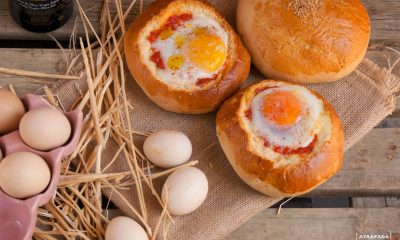
 Recipes4 years ago
Recipes4 years ago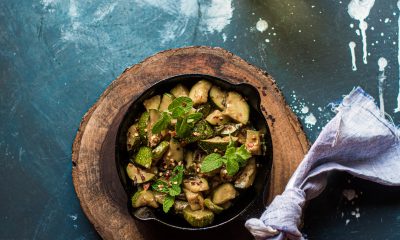
 Kitchen Gadgets4 years ago
Kitchen Gadgets4 years ago
 Chefs5 years ago
Chefs5 years ago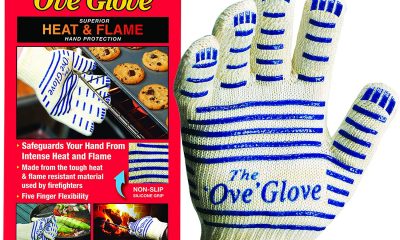
 Kitchen Gadgets4 years ago
Kitchen Gadgets4 years ago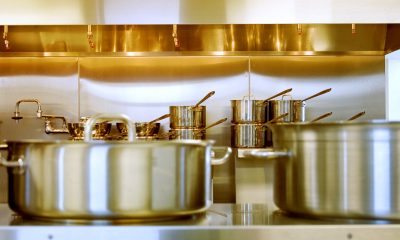
 Kitchen Gadgets4 years ago
Kitchen Gadgets4 years ago


